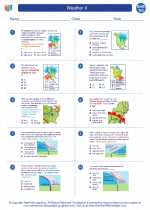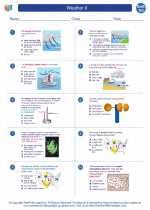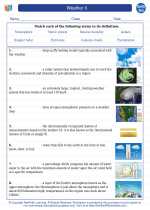The Concept of Life
Life is a characteristic that distinguishes physical entities that have biological processes, such as growth, reproduction, and response to stimuli, from those that do not, either because such functions have ceased (death), or because they never had such functions and are classified as inanimate.
Characteristics of Life
- Cellular Organization: Living organisms are composed of one or more cells, which are the basic units of life.
- Reproduction: Living organisms can produce offspring either sexually or asexually.
- Growth and Development: Living organisms grow and undergo changes in form and function over time.
- Response to Stimuli: Living organisms can respond to external stimuli in their environment.
- Homeostasis: Living organisms can regulate their internal environment to maintain stability and balance.
- Energy Utilization: Living organisms require energy to carry out life processes.
- Adaptation and Evolution: Living organisms can adapt to their environment and evolve over time.
Levels of Organization
Biological organization is the hierarchy of complex biological structures and systems that define life using a reductionistic approach. The basic level of organization is the atom, followed by molecule, organelle, cell, tissue, organ, organ system, organism, population, community, ecosystem, biome, and finally, the biosphere.
Study Guide
To understand the concept of life, it's important to explore the characteristics and levels of organization of living organisms. Here are some study tips:
- Review the characteristics of life and provide examples of each from the biological world.
- Explore the levels of biological organization and create a diagram or concept map to illustrate the hierarchy.
- Research specific examples of organisms at each level of organization and their unique characteristics.
- Compare and contrast different modes of reproduction in living organisms.
- Discuss the importance of homeostasis in maintaining life processes.
- Examine the role of energy utilization in biological systems and the flow of energy through ecosystems.
- Investigate examples of adaptation and evolution in response to environmental pressures.
By delving into these topics, you'll gain a deeper understanding of the fascinating concept of life and the incredible diversity of living organisms on Earth.
[Life] Related Worksheets and Study Guides:
.◂Earth Science Worksheets and Study Guides High School. Weather II

 Worksheet/Answer key
Worksheet/Answer key
 Worksheet/Answer key
Worksheet/Answer key
 Vocabulary/Answer key
Vocabulary/Answer key
 Vocabulary/Answer key
Vocabulary/Answer key
 Vocabulary/Answer key
Vocabulary/Answer key
